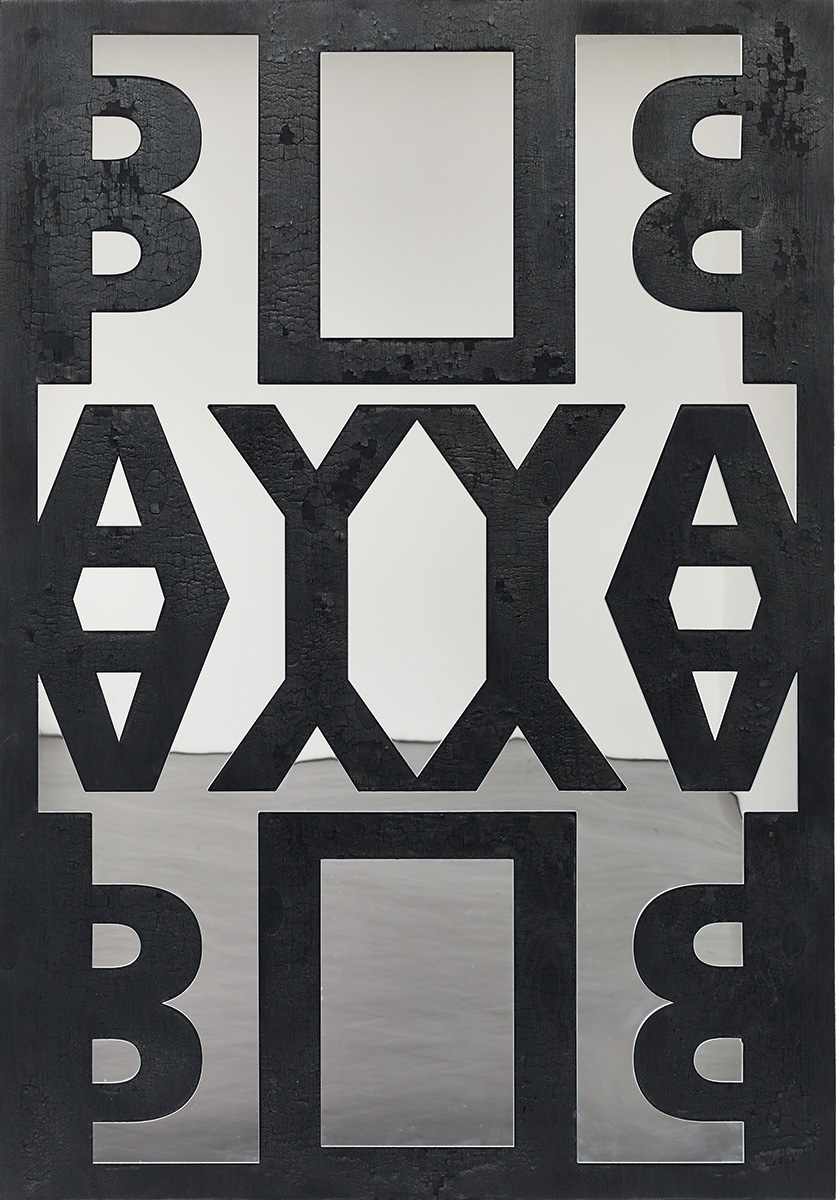South Africa
Kendell Geers


Biography
Kendell Geers est né à Johannesburg. Il date sa naissance de 1968, année de grands bouleversements sociaux. Il quitte son pays en 1989, refusant d’effectuer son service militaire. Il participe à la Biennale de Venise en 1993 puis à de nombreuses expositions dans le monde entier.
En 2008, une rétrospective itinérante présente son travail en Belgique, en France, en Italie et au Royaume-Uni. En 2013, la Haus der Kunst à Munich lui consacre une rétrospective. Il vit depuis 2000 à Bruxelles.

About the artworks
Choquant, violent, tels sont les termes qui accompagnent le plus souvent l’art de Kendell Geers. Né dans une famille blanche, engagé dans la lutte contre l’apartheid dès ses quinze ans, l’artiste a sans aucun doute été marqué par l’histoire tourmentée et les conflits de son pays. Les premiers travaux de Kendell Geers s’inscrivent dans un art contestataire, hostile au système de l’apartheid. Depuis 2000, son art témoigne d’une inspiration plus poétique, tournée vers des thèmes universels et des problématiques globales, interrogeant en même temps les limites de l’art et de l’humain. La politique, la société, la religion, le sexe sont parmi ses thématiques de prédilection. Son vocabulaire artistique se caractérise par les couleurs criardes associées au danger, par l’usage de cônes de signalisation, de verre éclaté, de fil barbelé, de sirènes. Ses installations, ses peintures, ses vidéos, ses photographies et ses performances dégagent une tension palpable.
L’artiste s’intéresse également à la mystique, détournant des symboles religieux de différentes manières – mais aussi des images pornographiques ou kitsch. On retrouve aussi dans son œuvre des symboles et des signes connus de tous, ou des mots réfléchis en miroir de part et d’autre de la surface de l’œuvre, l’effet visuel, saisissant, tendant à oblitérer leur signification. En 2011, Kendell Geers rédige un manifeste où il exprime son désir de révolution et appelle à une vie plus authentique. Son art s’oppose à la morale établie, aux codes sociaux mais aussi artistiques. C’est ainsi qu’il urine dans la célèbre Fontaine de Duchamp, restituant celle-ci à sa fonction première d’urinoir, ou met son sperme en boîte. Quant à la violence, l’œuvre de Kendell Geers vise précisément à comprendre le rôle de premier plan qu’elle occupe aujourd’hui dans notre société et dans notre univers visuel, verbal et physique.
The artworks
01
FOUR LETTER BRAND (Play), 2009-2014
Miroir en plexiglas et bois calciné
160 x 110.5 cm
FOUR LETTER BRAND (Play), 2009-2014
Miroir en plexiglas et bois calciné
160 x 110.5 cm